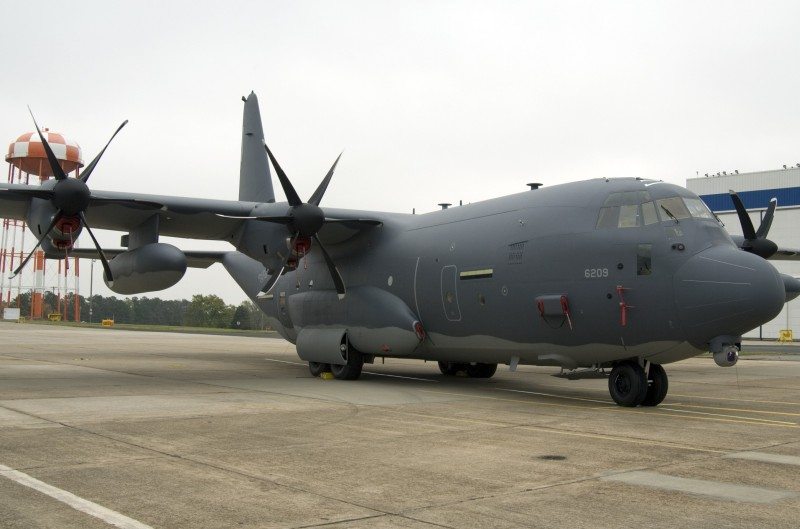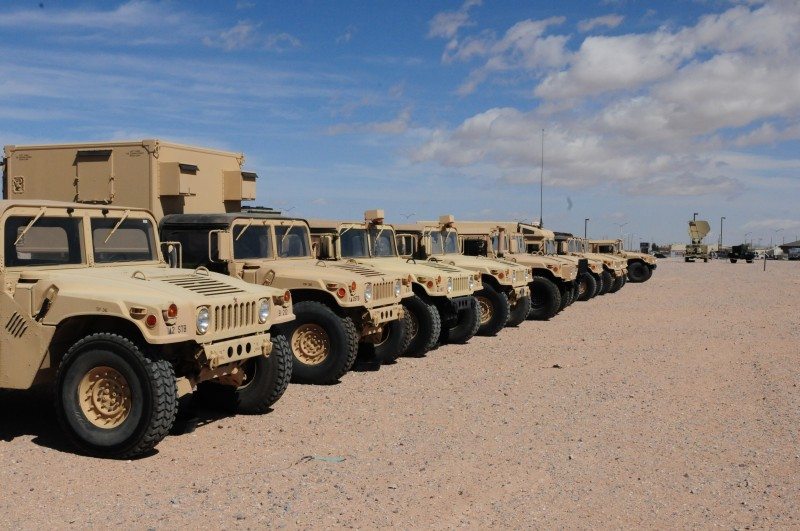Air Force Special Operations Command officials welcomed the latest variant of the MC-130 at a rollout ceremony held at Lockheed Martin’s Marietta, Ga., factory recently.
The rollout accelerates AFSOC commander Lt. Gen. Donald C. Wurster’s priority to recapitalize the fleet by acquiring MC-130J Combat Shadow IIs to replace aircraft that have been flying combat missions for up to 45 years.
Lockheed Martin officials exhibited the MC-130J for members of AFSOC, U.S. Special Operations Command, the Air Force, Congress and the community.
The streamlined turboprop tanker is designed to fly low-level, clandestine aerial refueling missions as well as infiltration, exfiltration and resupply missions.
The Combat Shadow II has the capability to complete these missions faster and more efficiently than its MC-130 Combat Talon and MC-130P Combat Shadow counterparts, said Wurster, who was the keynote speaker at the event.
“The MC-130J is better in all respects,” he said. “It’s faster, it’s more powerful, it’s more efficient, it flies higher and farther, and it is easier to maintain.”
Capt. Joey Sullivan, a member of the initial MC-130J training cadre and an MC-130P pilot, touched on the enhanced capabilities of the aircraft for the crowd by comparing the MC-130P and the MC-130J in a fictional mission scenario.
In the same resupply scenario, the Combat Shadow II completes its mission on less fuel since the rate of consumption on a J-model is 18 percent less than that of an MC-130P.
Takeoff and cruise power exceed that of the MC-130P by 25 and 20 percent, respectively.
Range is also increased by 40 percent, he said.
Enhanced efficiency is not limited to fuel consumption, carrying capacity and avionics, Sullivan said. The MC-130J is minimally manned by a five-member crew as opposed to the standard eight-member MC-130P crew, requiring increased coordination among members.
“The MC-130J is powerful and capable,” he said. “While it requires fewer crewmembers, it demands more from each (crewmember) to utilize all the capabilities and situational awareness that this aircraft provides.”
Traditionally modified from baseline C-130 Hercules E and H models, the MC-130J represents the first C-130 specifically built for special operations, making it lighter and more efficient, Wurster said. It was not modified after the fact to accommodate special operations missions.
“From this frame, we will build all the new variants of Hercules in the future AFSOC fleet,” Wurster said. “We will leverage 50 years of design and operational lessons to field the special operations airlift, refueling, penetration and strike force of the future.”
In addition to the MC-130J tanker, AFSOC officials will be acquiring AC-130Js as the streamlined version of the gunship.
“If we use our heads, that airplane will be remarkably similar to this machine with the addition of a proven weapons package,” Wurster said.
The first of the MC-130Js are slated to be delivered to their home bases during fall of this year.
Wurster credited Air Force and SOCOM staffs, government partners and industry teammates for years of hard work dedicated to making the acquisition possible.
“All of you have had a hand in bringing this program to the finish line and should be proud of the service you are providing to our great nation,” he said. “Our current (crewmembers), as well as the next generation, will benefit from the intellectual, technical and financial investment we have made in this new fleet.”
Though Sullivan lauded the modern avionics and capabilities of the Combat Shadow II, he said crewmembers will be the ones who will make it great.
“The MC-130J can carry the Shadow’s legacy and it can do it with fewer crewmembers, but it is going to take true (special operations forces) spirit and tenacity to carry this aircraft to its true potential.”











